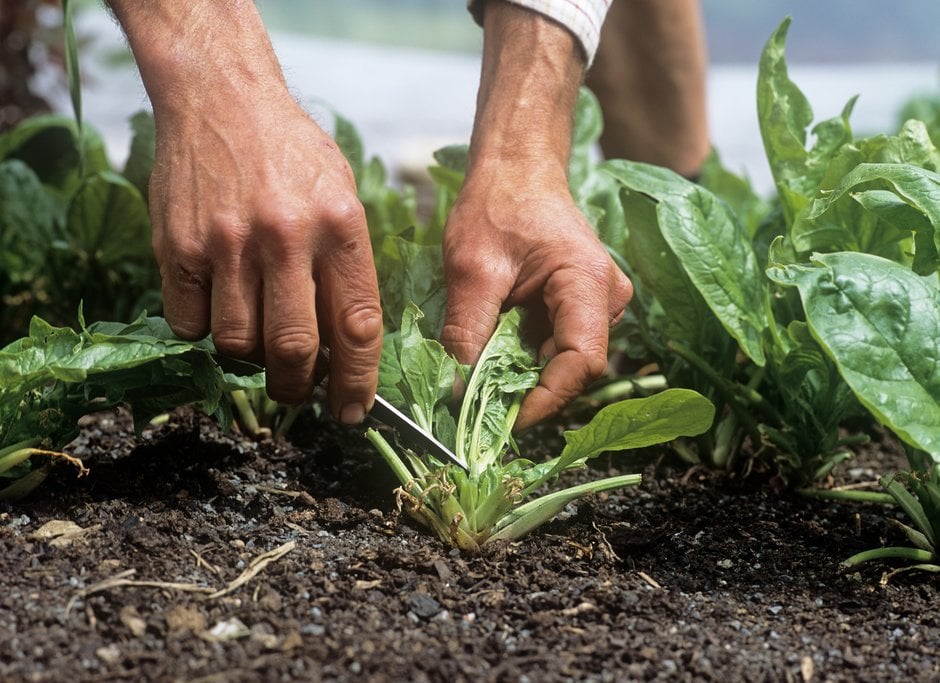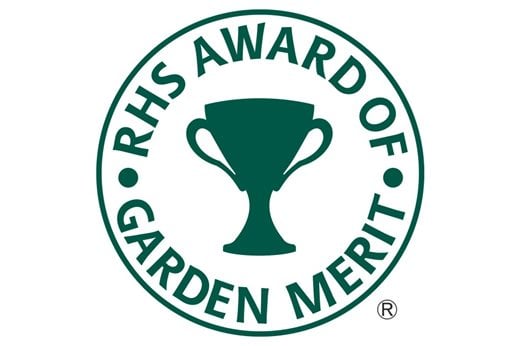
 Cut and come again leaves are varieties of veg with a difference - if you harvest the outer leaves, the centre of the plant will produce new ones. This means you can grow salads without worrying about succession sowing. In my small courtyard garden, I can grow leafy greens outside my back door, ready for picking at any time.
Cut and come again leaves are varieties of veg with a difference - if you harvest the outer leaves, the centre of the plant will produce new ones. This means you can grow salads without worrying about succession sowing. In my small courtyard garden, I can grow leafy greens outside my back door, ready for picking at any time.
Which variety to grow?
Cutting lettuces are traditionally non-heading leaf varieties (also known as loose-leaf) from two groups: 'Grand Rapids' and 'Oakleaf'. The 'Grand Rapids' group produces broad, crinkled, and frilly leaves; while the oakleaf varieties have flatter and lobed leaves.
Crops traditionally grown for their roots such as beetroot, radish and turnip also have tasty leaves if harvested young. But, there’s an ever increasing list of others worth trying such as, basil, chicory, coriander, chard, pak choi, parsley, sorrel and spinach.
However, if you’re looking for leaves that pack a spicy punch and have strong flavour and bite to them, my cut and come again favourites are: rocket (arugula), mizuna (Japanese mustard green) and the very hardy mibuna ‘Kyoto,’ for sowing all year round. ‘Mizuna Purple’ is possibly the most deeply divided, and plum purple in colour. These types are decorative as well as delicious, so it’s a win-win situation!
Get growing
Growing is easy. I use a large but quite shallow old tin bath, filled with peat-free multi-purpose compost, and start my first sowings in May. Midsummer sowings are often best for many East Asian leaves such as pak choi, mizuna and komatsuma, as earlier crops can sometimes produce flowers rather than leaves (although you can still eat these).
I usually sow a second large container in late June, or early July and often re-sow the tin bath in early August as the first sowing has usually finished cropping by then.
-Mizuna-Kyoto-,-Pak-Choi-Yuushou-,-Kale-Fizz_1.jpg?width=335&height=502) All three leaves (rocket, mizuna and mibuna) dislike extreme heat and drought. This can cause them to bolt or just stunt their growth, so they must be regularly watered. A fortnightly dilute liquid seaweed feed keeps them pumping out new leaves, this is especially useful if you're re-using your old compost as I do more and more in my gardening.
All three leaves (rocket, mizuna and mibuna) dislike extreme heat and drought. This can cause them to bolt or just stunt their growth, so they must be regularly watered. A fortnightly dilute liquid seaweed feed keeps them pumping out new leaves, this is especially useful if you're re-using your old compost as I do more and more in my gardening.
In my mostly shady north east facing back garden cut-and-come-again are perfect, as they revel in shade during summer - being able to use that to my advantage as a gardener feels good.
Protecting your plants
Pick just a few outer leaves from each plant, so they can continue to grow well. By keeping things cool and frequently watered, I can easily get up to six or seven pickings per plant, that's just enough salad for myself and a friend. Fortunately, my three elderly terriers don’t seem keen on peppery leaves!
Salad plants can become a bit tired after picking for around six or seven weeks. At this point you can cut the whole plant stem with a sharp knife, using up what remains if it’s still fresh. However, my thrill is really seeing how long I can make my plants pickings last.
When harvesting, I use a sharp pair of kitchen scissors to carefully shear off the outer leaves at their bases (being careful to leave the growing point intact). Do this as soon as the leaves are large enough, and of course, for the best fresh flavour, eat them immediately. Keep up with harvesting too, as the younger the leaves are, the more tasty and tender.
For me, the leaves simply drizzled with a little rapeseed oil, balsamic vinegar and some mini cherry tomatoes is pretty much heaven on a plate in late summer.
Happy growing!
 Pick of the crop
Pick of the crop
Look for the RHS Award of Garden Merit (AGM) when buying vegetable seed or small plants. You can also download the RHS lists of recommended cultivars.
You may also be interested in...
About the author - Andy Vernon
I'm a Horticultural Advisor at RHS Garden Bridgewater. I tend a small patch at the back of my home in Cheshire; packed with edible and ornamental delights, it’s a great place to relax at the end of the day with my three adorable terriers.

